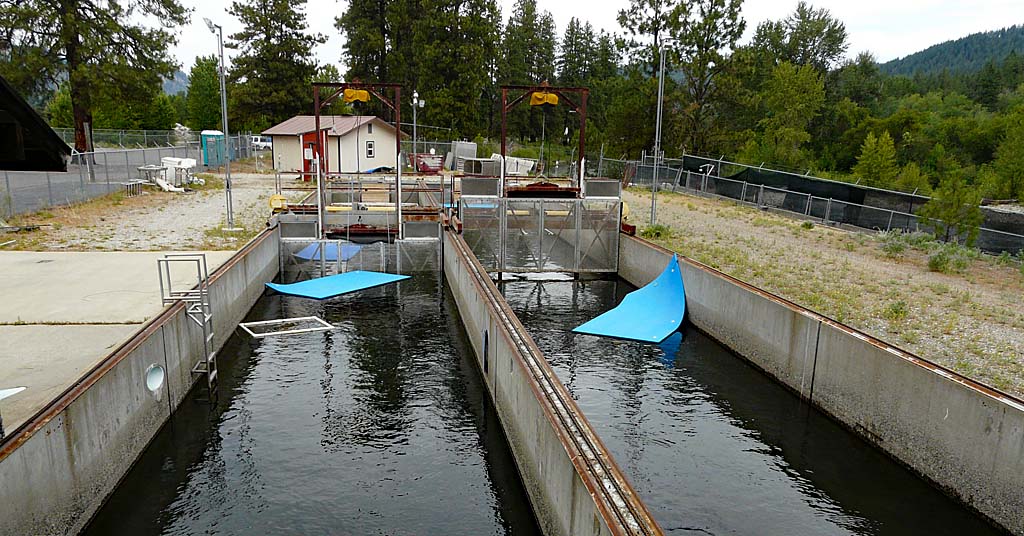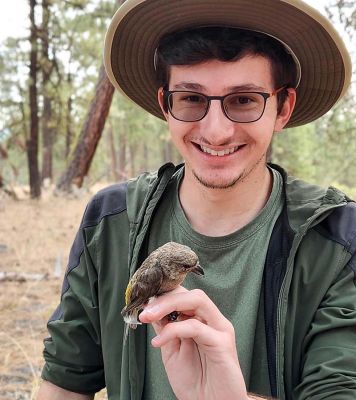Oregon lawmakers question new rules for critical groundwater areas
Published 12:00 pm Wednesday, June 7, 2023

- Rep. E. Werner Reschke
SALEM — The Oregon Water Resources Department is considering new rules that would change how the agency designates critical groundwater areas, allowing regulators to reduce pumping under existing water rights.
A group of state lawmakers, however, is casting doubts on the process and arguing that irrigators need to be a bigger part of the conversation.
Trending
Twenty-three legislators, all Republicans, outlined their concerns in a letter sent May 22 to OWRD, urging the department to pause rule-making until their questions are answered.
Rep. E. Werner Reschke, who represents southern Deschutes and northern Klamath counties, is leading the charge. He said the issue came to his attention from a constituent who attended a May 4 public hearing about the rules in Klamath Falls, which only a handful of people attended.
“We need to pump the brakes here and take a step back,” Reschke said.
In addition to public participation and transparency, the letter raises questions about whether new rules for designating critical groundwater areas will set the stage for vacating and re-doing each of seven Critical Groundwater Areas that have already been established statewide.
“I want to make sure these rules protect water rights that are already in existence,” Reschke said.
OWRD began revising its process for designating critical groundwater areas — known as the Division 10 rules — last fall. A rules advisory committee, composed of agricultural, environmental, tribal and municipal representatives, began meeting in December.
Trending
A critical groundwater area may be established in basins where officials have observed declining groundwater levels. The designation allows the state to curtail pumping for existing water rights to protect groundwater resources.
Oregon currently has seven critical groundwater areas, including one in the Willamette Valley, one near The Dalles, one in Malheur County and four in the Umatilla Basin.
But OWRD claims the Division 10 rules are now “out-of-date and inconsistent with the processes outlined in statute.” The agency has not designated a new critical groundwater area since 1991, though it is considering potential restrictions in the Harney Basin in southeast Oregon.
The Division 10 rules committee has met four times, most recently on May 2, and held four public hearings in Milton-Freewater, Burns, Klamath Falls and Salem since April.
In their letter, however, lawmakers stated those events were poorly attended by water rights holders, including farmers and ranchers tied up with the start of irrigation season.
“We think the lack of meaningful engagement by those subject to regulation is problematic and would encourage OWRD to undertake further efforts to engage the regulated community before proceeding with rule-making,” they wrote.
The letter also states that OWRD has not explained why new rules are needed.
“If OWRD believes the existing rules are legally inadequate, it raises serious questions regarding the legal sufficiency of the existing designations,” the lawmakers wrote.
That issue was further explained in another letter sent to OWRD from the Northeast Oregon Water Association, which has assisted irrigation districts with aquifer recharge projects across four critical groundwater areas encompassing 274 square miles in Umatilla and Morrow counties.
Landowners, water users and communities have all come to rely on these designations, with hundreds of millions of dollars invested over the past decade to support the region’s $2 billion agricultural economy, the NOWA letter states.
“As such, NOWA feels that it is absolutely essential that the current Division 10 rule-making be limited to future, new groundwater designations, and that the new rules should not be interpreted or applied in any way to upset, alter or otherwise re-do” existing designations, the letter states.









